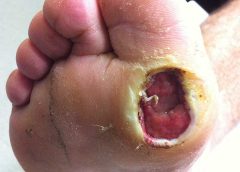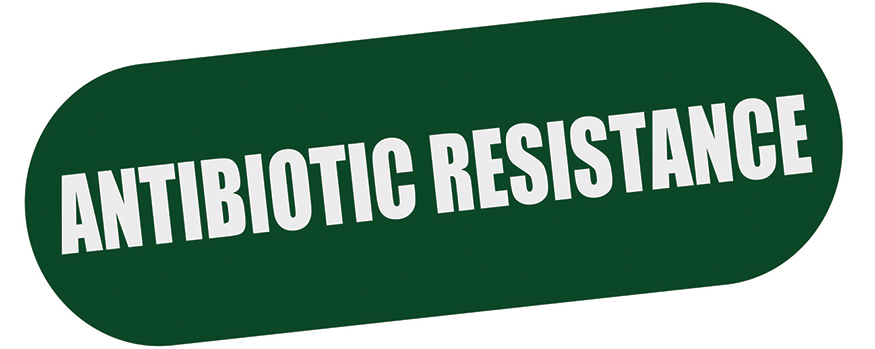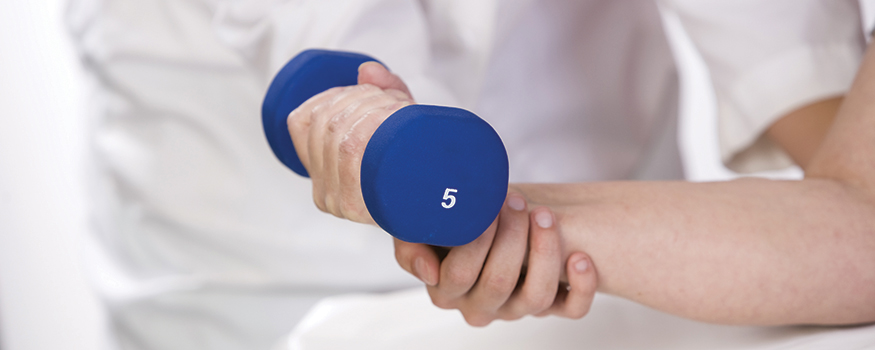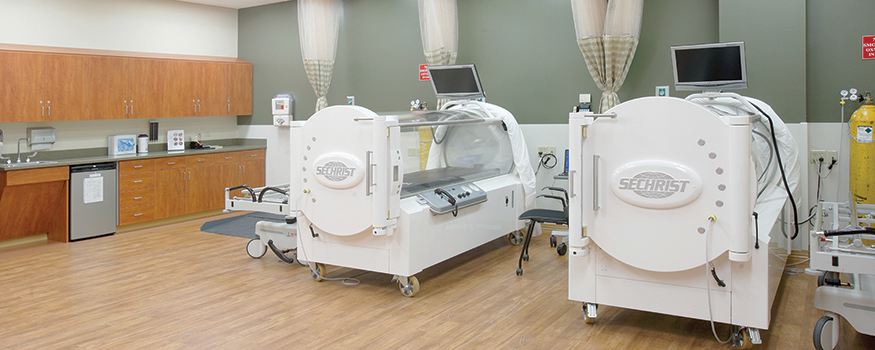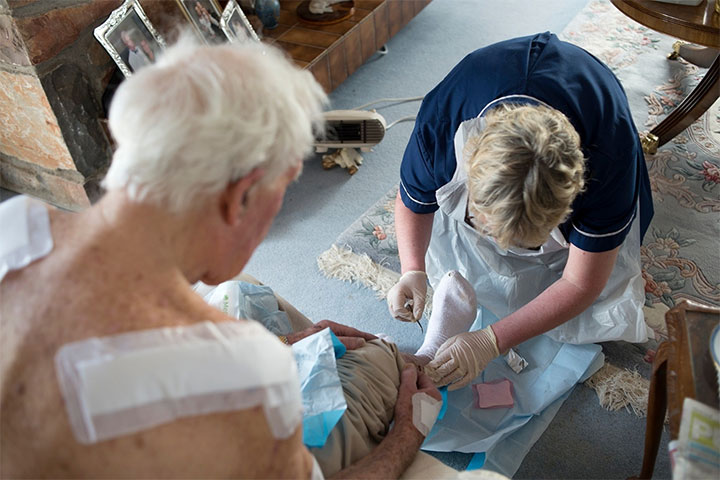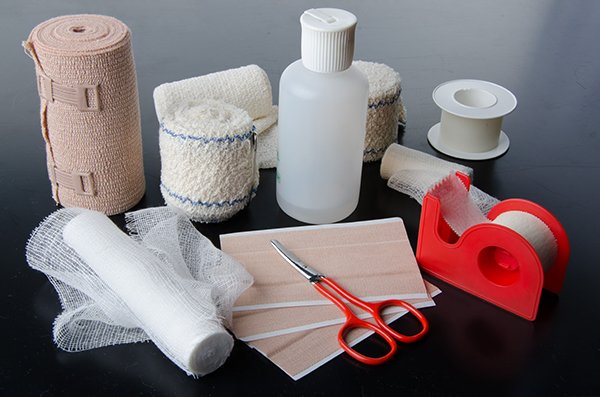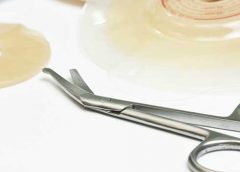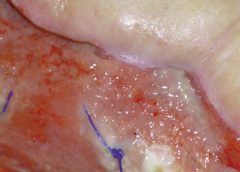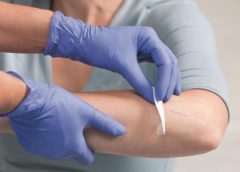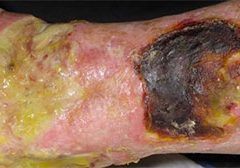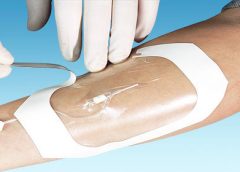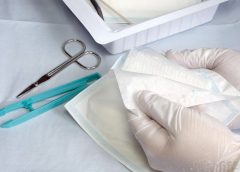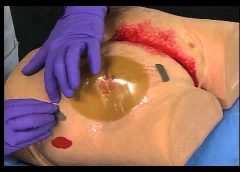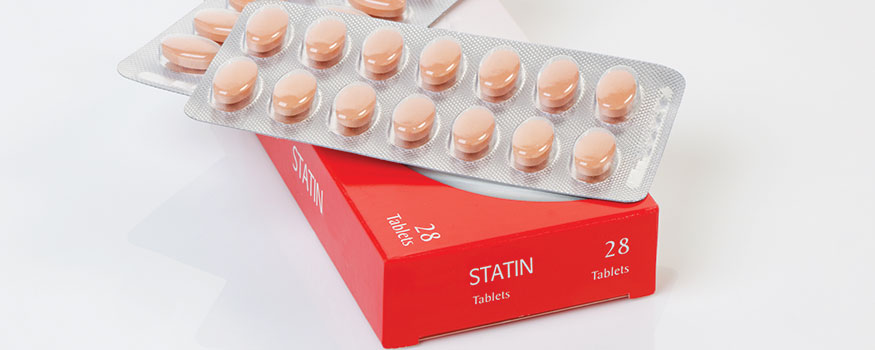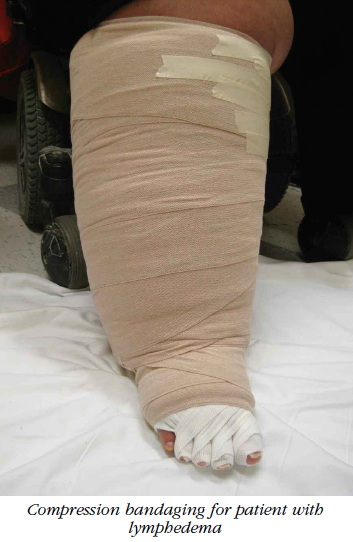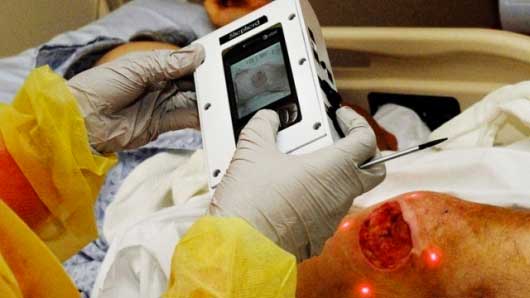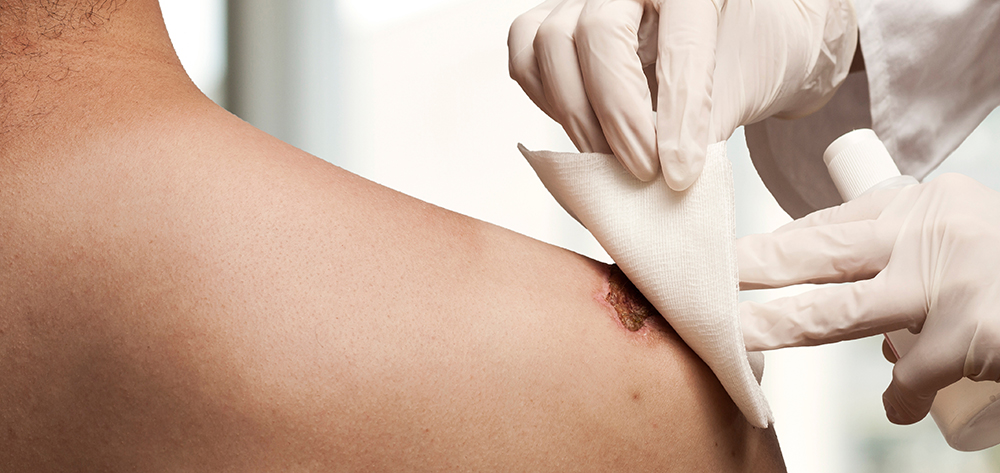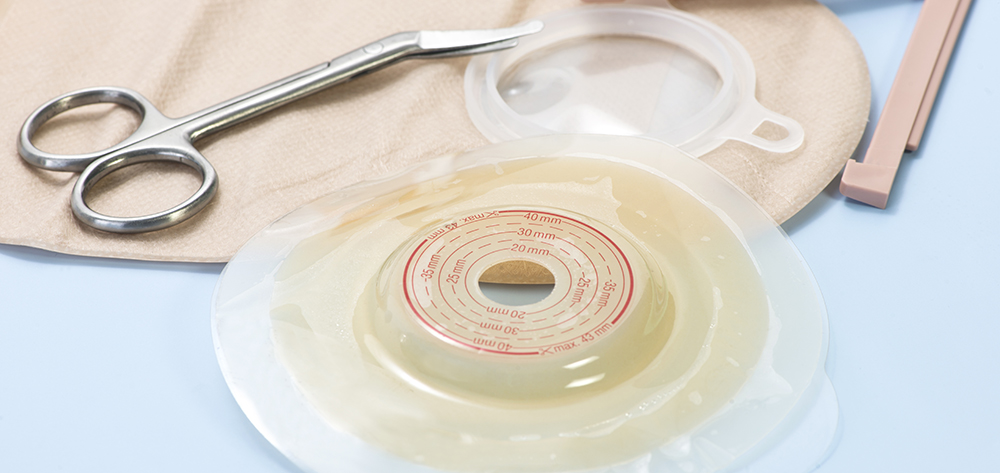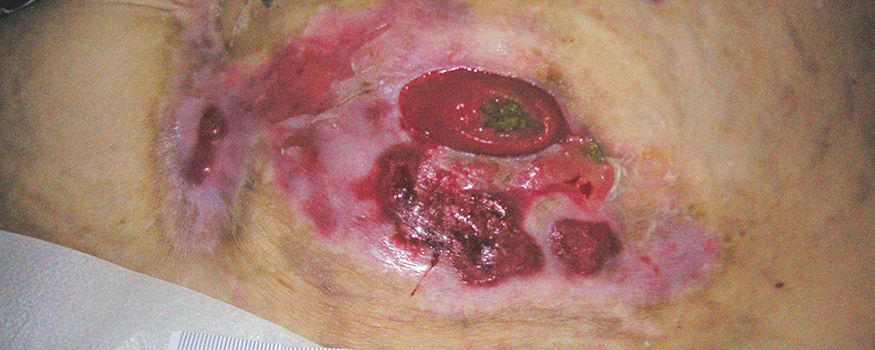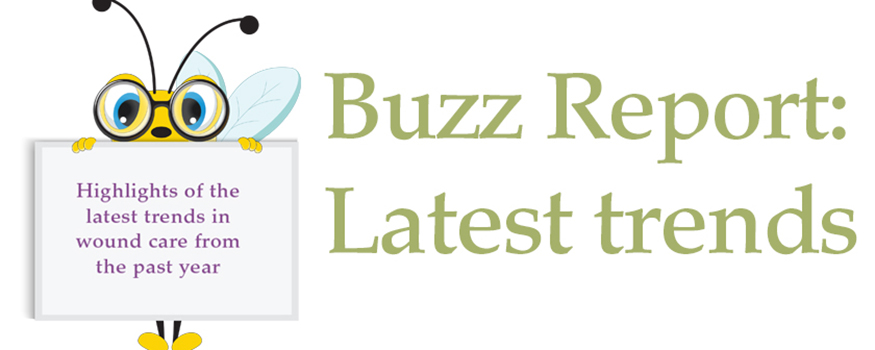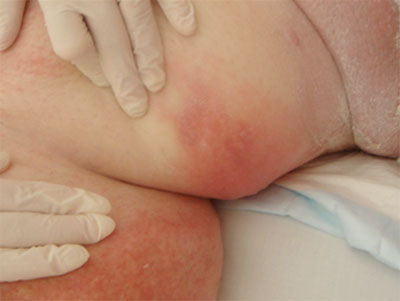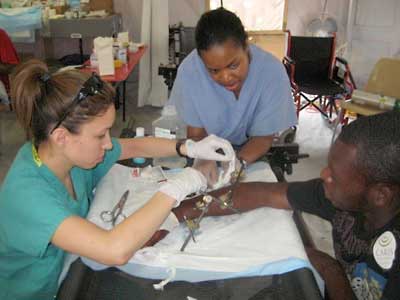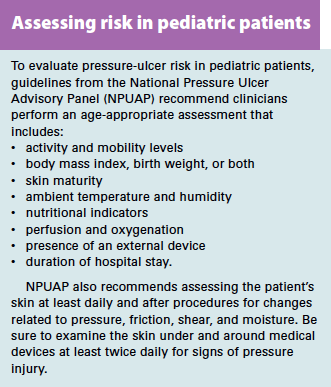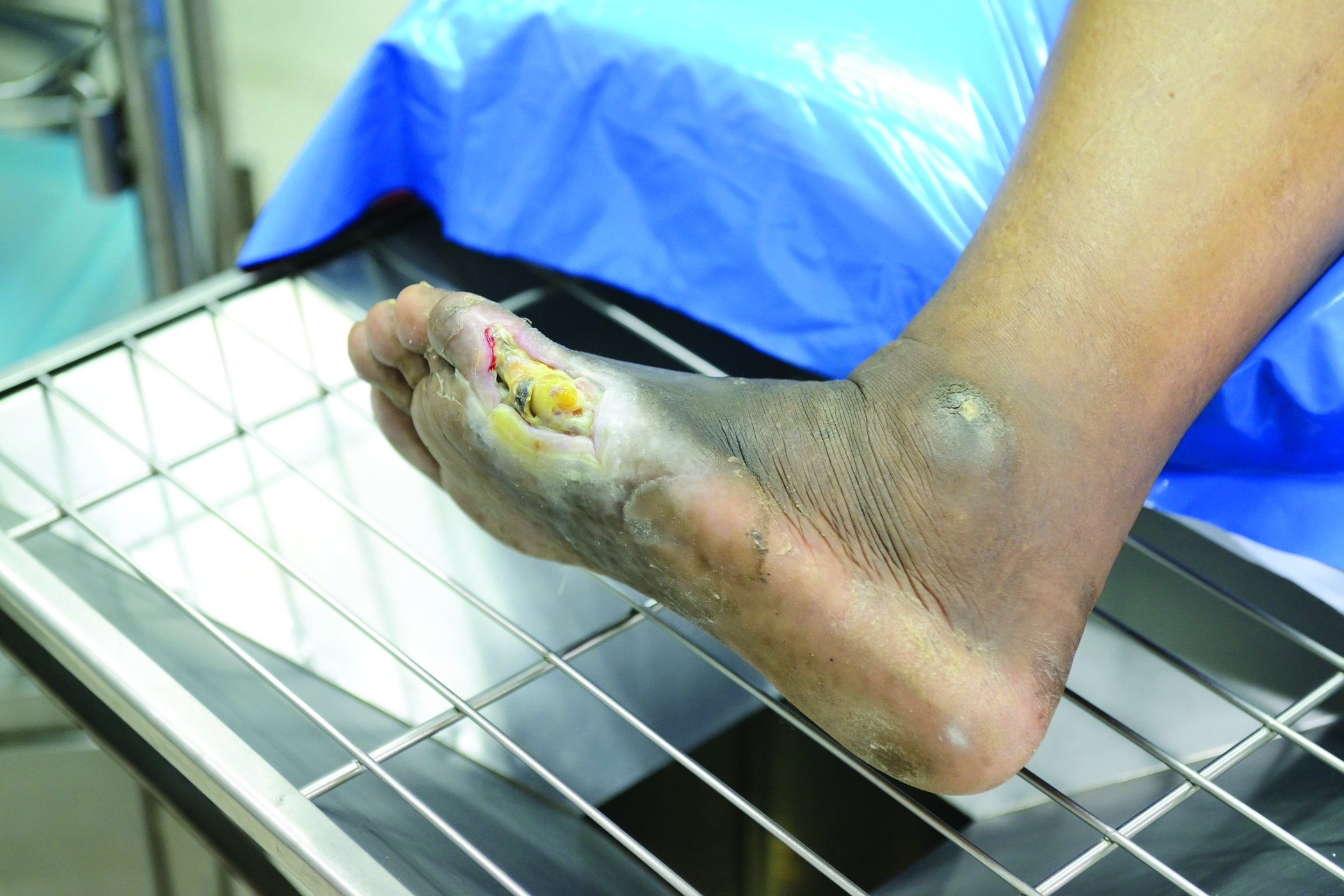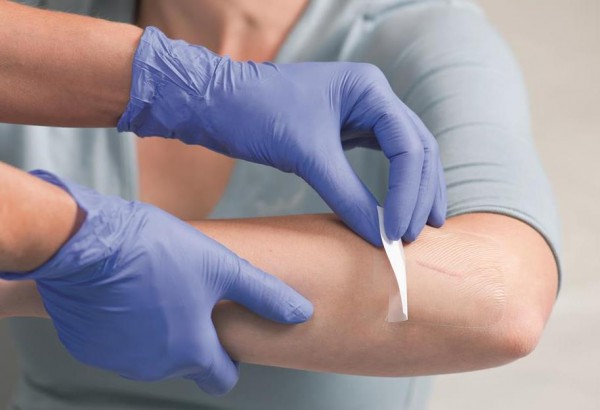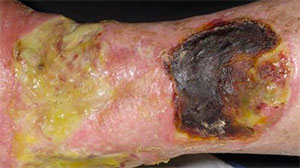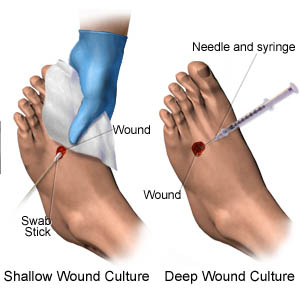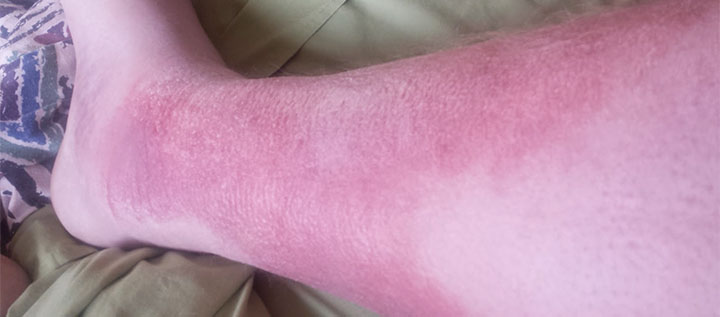Wound Care Advisor, is dedicated to delivering succinct insights and information that multidisciplinary wound team members can immediately apply in their practice and use to advance their professional growth. If you’re considering writing for us, please use these guidelines to help choose an appropriate topic and learn how to prepare and submit your manuscript. Following these guidelines will increase the chance that we’ll accept your manuscript for publication
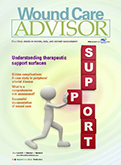 About the journal
About the journal
Wound Care Advisor serves as a practical resource for multidisciplinary skin and would care specialists. The journal provides news, clinical information, and insights from authoritative experts to enhance skin and wound care management. Wound Care Advisor is written by skin and wound care experts and presented in a reader-friendly electronic format. Clinical content is peer reviewed. It also serves as a resource for professional development and career management.
The journal is sent to Certificants of the National Alliance of Wound Care and Ostomy and other healthcare professionals, who are also dedicated to improving skin and wound care.
Editorial profile
Each issue of Wound Care Advisor offers compelling feature articles on clinical and professional topics, plus regular departments. We publish articles that present clinical tips and techniques, discuss new or innovative treatments, provide information on technology related to wound care, review medical conditions that affect wound healing such as diabetes and cardiovascular disease, address important professional and career issues, and other topics of interest to wound care specialists.
We accept submissions for these departments:
Best Practices, which includes case studies, clinical tips from wound care specialists, and other resources for clinical practice
Business Consult, which is designed to help wound care specialist manage their careers and stay current in relevant healthcare issues that affect skin and wound care.
We also welcome case studies. Please use the WCA Case Study Template as a guide
Before you submit an article…
Please send a brief email query to [email protected]. In the email, state 1) the topic of your proposed article, 2) briefly describe what the article will include, 3) provide a short summary of your background, and 4) explain why you’re qualified to write on this topic. We will respond whether or not we are interested in the article you have proposed.
Tips on writing for Wound Care Advisor
Our journal is written in simple, concise language. The tone is informal, and articles are short to medium in length (about 600 words for departments and 1200 words for feature articles). When writing the manuscript, follow these guidelines:
- Wound Care Advisor is a clinical practice journal, so keep your information practical. Give examples that readers will relate to.
- Although our tone is informal, the content of your article must be evidence-based, including key research findings, clinical practice guidelines and relevant standards as applicable.
- Address readers directly, as if you’re speaking to them. Here are some examples:”As a wound care specialist, you’re probably familiar with …..””After removing the dressing, measure the wound….”
- Use active—not passive—verbs. Active verbs engage the reader and make the writing more interesting.Sentence with a passive verb: Wound edges should be assessed for undermining.Sentence with active verb (preferred): Assess the wound edges for undermining.
- Don’t use acronyms or abbreviations, except those you’re sure every reader is familiar with (such as “I.V.”). Instead, spell out the full term.
- When mentioning a specific drug, give the drug’s generic name first, followed by the brand name in parentheses (if relevant).
- Consider using boxed copy (a sidebar) for points you’d like to emphasize, clarify, or elaborate on. Also consider putting appropriate information in tables (in MS Word format). DO NOT USE MS Word’s “Insert text box” feature for sidebars. Instead, label the sidebar appropriately and put it at the end of your manuscript, after the article itself.
- Wound Care Advisor is a digital journal, a format that encourages reader interaction. If possible, please include in your manuscript at least two links to websites, videos, or other electronic resources that would be helpful to readers.
- Do not cite references within the text. List them in alphabetical order. References must be from professionally reliable sources and should be no more than 5 years old.
For reference style, use the American Medical Association Manual of Style: A Guide for Authors and Editors (10th ed). If you don’t have access to this book, include at least the following information for each reference you cite:
For a book: author(s), book title, edition (if appropriate), place of publication, publisher, and publication date
For a print journal article: author(s); article title; journal name; year, volume; inclusive page numbers
For online references: URL (web address) and the date you accessed the website.
About tables, photos, and illustrations
We encourage you to submit tables, photographs, and illustrations for your article (although we can’t guarantee we’ll publish them).
- Submit them in a separate electronic file. Identify the source of each table, photo, or illustration and include a brief caption or label (e.g., “Illustration #1: Preventing complications from diabetes. From American Diabetic Association, 2006″). In the body of your article, indicate where the photo or illustration should be placed (e.g., “Insert Illustration #1 here.”) If you believe specific items in the photo or illustration should be identified, tell us this in a note. (Be aware that any person whose image is shown in a photograph must sign a consent form that gives us permission to publish it.)
- Do not embed tables, figures, or images in the same file as the body of your article. Also, do not submit any text in a box or otherwise put rules around it, above, or below it. Instead, label this copy as a sidebar and submit it in a separate word file or at the end of the main article.
- Authors are responsible for obtaining permission for material with a copyright. That includes figures, tables, and illustrations from other journals. It’s best to obtain permission before you submit the article and include documentation that you’ve received permission and any specific credit line that must be printed with the image. However, in cases where you must pay to use an image, note in the submission that you will obtain permission if the article is accepted for publication.
Important cautions
The article must be your own original work. Do not submit material taken verbatim from a published source.
How to submit your article
Submit your manuscript electronically as an MS Word file. Follow these guidelines:
- At the top of the first page of the document, place the article title, your initials (not yourname), and the date.
- DO NOT include extra hard returns between lines or paragraphs, extra spaces between words, or any special coding.
- Send a separate cover letter that includes your name; credentials; position; address; home, cell, and work telephone numbers; email address; and your employer’s name, city, and state.
- Email the article and any other attachments to [email protected] and [email protected].
What happens to your manuscript after submittal?
- You will receive an email confirming receipt.
- If your manuscript contains clinical information and we believe it has publication potential, we will send it out for blind peer review (neither you nor the reviewers will know who wrote the article). All manuscripts also receive an internal editorial review. After the review, we’ll let you know whether the manuscript has been accepted, accepted pending revisions, or declined.
- If we accept your manuscript for publication, we’ll ask you to sign an agreement that gives HealthCom Media (publisher of Wound Care Advisor) the rights to your article so that it can be published. Each author must sign a separate agreement.
- Your article will go through our in-house editorial process, where professional editors ensure consistency with our editorial style. You will have a chance to review the edited version before it’s published.
- We will email you if we decide not to publish your manuscript.
Thank you for considering publishing in Wound Care Advisor, the official journal of the National Alliance of Wound Care and Ostomy, the official. If you have any questions, please email: Cynthia Saver, RN, MS, at [email protected] or [email protected].
Copyright © 2017, HealthCom Media. All rights reserved.
Read More



